Planting Technology Lists
-
Common problems in Auricularia auricula production
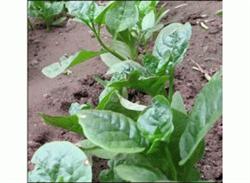
Auricularia auricula is an annual vine of the sunflower family, its leaves are thick, elastic, good taste, slippery taste, very similar to Auricularia auricula, so it is named Auricularia auricula. Now the cultivation techniques of Auricularia auricula are introduced as follows: first, cultivation methods 1. Direct seeding cultivation. The seeds used for direct seeding feeding seedlings were 6kg / mu and sowed. For.
2018-07-19 -
Seedling and transplanting of Auricularia auricula
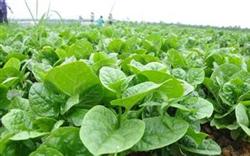
Make a good seedbed, sow dry seeds, and emerge in 3 to 5 days at an appropriate temperature of about 28 degrees Celsius. If the ground temperature is too low, it should be sown after sprouting. Proper low temperature was controlled at seedling stage and 4 to 5 true leaves were planted. The row spacing of young shoots is 20 to 25 cm, the plant spacing is 15 to 20 cm, and the row spacing of young leaves is 60 cm and 25 to 35 cm, each.
2018-07-19 -
Fertilization and watering of Auricularia auricula

1. The common disease of Auricularia auricula is brown spot, which can be sprayed with 72% Kelou wettable powder at the initial stage, or 68.75% easy dispersible granule 800 to 1000 times. 2. If Spodoptera litura damage occurs, it is found that more tender leaf tips have small eyes, pyrethroid insecticides can be used to spray 1.
2018-07-19 -
Prevention and control techniques of diseases of Moschus auriculata
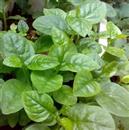
The main diseases of Schima auriculata are brown spot disease (also known as fish eye disease), red spot disease, snake eye disease, sun spot, etc., which can cause harm from seedling to harvest end, mainly damaging leaves. At the beginning of the damaged leaf, there are purple water-soaked dots, concave, and gradually enlarged later. Severe disease spots can reach more than 100, each other into a serious disease...
2018-07-19 -
Biological characteristics and High-yield cultivation techniques of Auricularia auricula
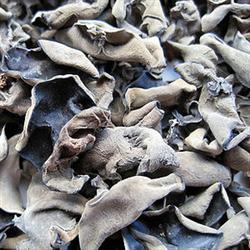
Timely harvest no matter spring ear, volt ear, autumn ear, should be harvested after the rain is clear and the ear piece is slightly dry. If the weather is dry, spray some water evenly in the evening of the first day of harvest and harvest after the dew is dry the next morning. Such fungus is not fragile. In case of continuous rainy weather, it must also be harvested, so as not to cause ear loss. Pass through.
2018-07-19 -
The method of raising Poplar seedlings in Summer
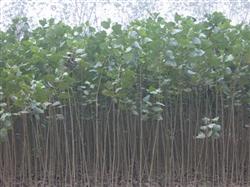
Before planting, we are prepared to select varieties with fast growth, high quality and high yield and strong adaptability, such as 80351, 72 poplar, 69 poplar and so on. From the end of July to the end of September, the cuttings began to breed when the cuttings were semi-lignified. Mass propagation is mainly based on the twigs and weak shoots of the same year's seedlings in the nursery. The width of the bed is 1 meter, the length is based on the number of cuttings, and the height is 20 centimeters. ...
2018-07-19 -
Timely Control of Poplar Bacterial Canker and Rot
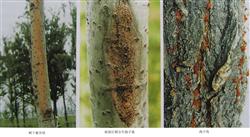
Poplar bacterial canker disease and poplar bark rot disease are mainly distributed in northeast, northwest and north China. They are common diseases in shelterbelt, timber forest and urban and rural greening poplar trees in northern China. Poplar bacterial canker disease and poplar bark rot disease are world-famous important diseases of poplar branches, but also common diseases. His biography...
2018-07-19 -
Key points of cultivation techniques for fast-growing and high-yield poplar forest
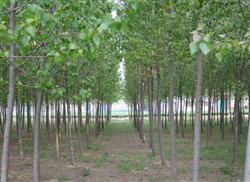
In order to achieve fast growth, high yield, high quality and high efficiency of poplar, scientific cultivation techniques must be applied. According to the research results and practical experience of poplar cultivation techniques in our province, we should mainly master the following technical points: first, site selection. Selecting the forest land suitable for poplar growth is the basic rule to realize the rapid growth and high yield of poplar.
2018-07-19 -
Integrated control of poplar leaf-eating pests
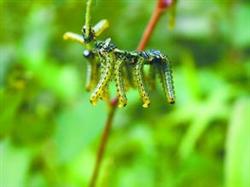
Poplar is deeply loved by the people because of its fast-growing, wide growing area and outstanding economic benefits, but with the gradual expansion of poplar planting area, especially the development of pure forest area, the outbreak of poplar leaf-eating pests continues to occur, so the integrated control of poplar leaf-eating pests appears to be very.
2018-07-19 -
Fertilization technique of Poplar

Poplar skin rot (rot) mainly occurs on the trunk and branches of poplar. After the onset of the disease, the cortical tissue of the trunk and branches rotted, lost water, sunken, cracked, and smelled of wine lees. When the diseased part surrounds the trunk or branch for a week, the whole upper part of the tree dies. The disease occurs twice a year, when the temperature is above 7 ℃.
2018-07-19
